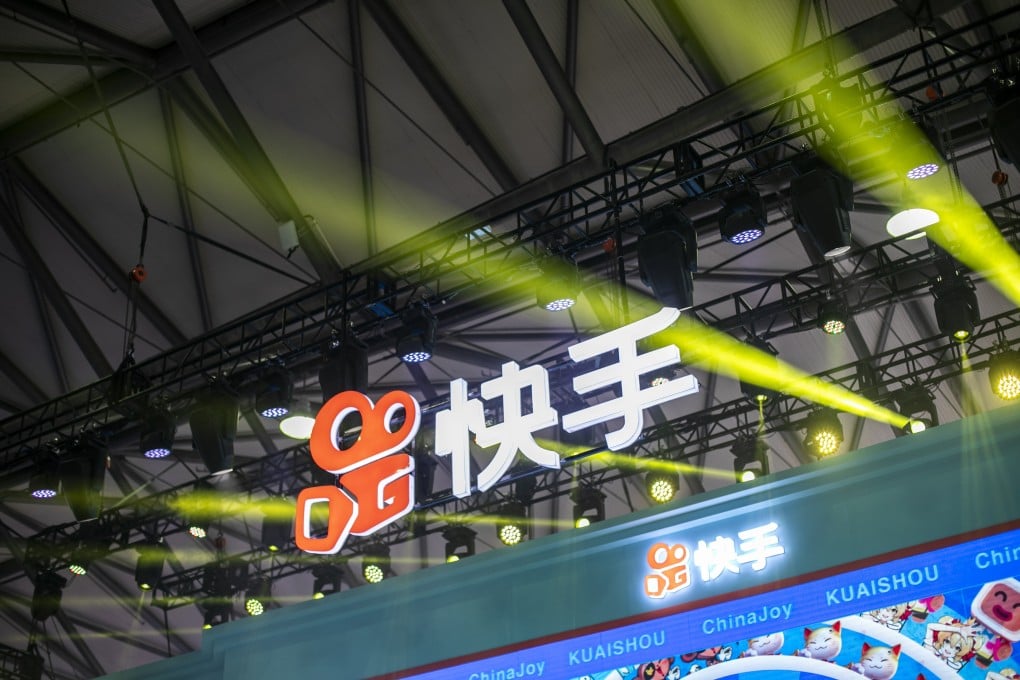IPO-prospect Kuaishou has a big issue – how to bag a profit from the 300 million who use its short video app
- Kuaishou’s model has been criticised by some analysts for an over-reliance on celebrity influencers and a costly user acquisition strategy
- Others argue short video app needs time to build its ecosystem and cash burn to acquire users is a well-trodden path by successful tech start-ups

Kuaishou, the Chinese short video app operator set for an IPO in Hong Kong as early as this month, has a big issue – how to translate its 300 million daily active users into profits.
The app, which competes with ByteDance’s Douyin for eyeballs and whose name means ‘speedy hand’, allows users to upload and share short videos and about one-in-three of China’s netizens use it at least once a day.
But according to preliminary financial filings the Beijing-based company chalked up a net loss of 68 billion yuan (US$10.53 billion) in the first six months of 2020 – roughly 373 million yuan of losses a day – which means investors have to weigh up the cost of acquiring new users against how quickly the business can build a path to long-term profitability.
China had 818 million short video users as of end-June 2020, according to a report released by the China Netcasting Services Association in October. Douyin and Kuaishou are the two dominant players, although WeChat’s short video function Channels is catching up quickly, reaping the advantages of WeChat’s huge user base.
